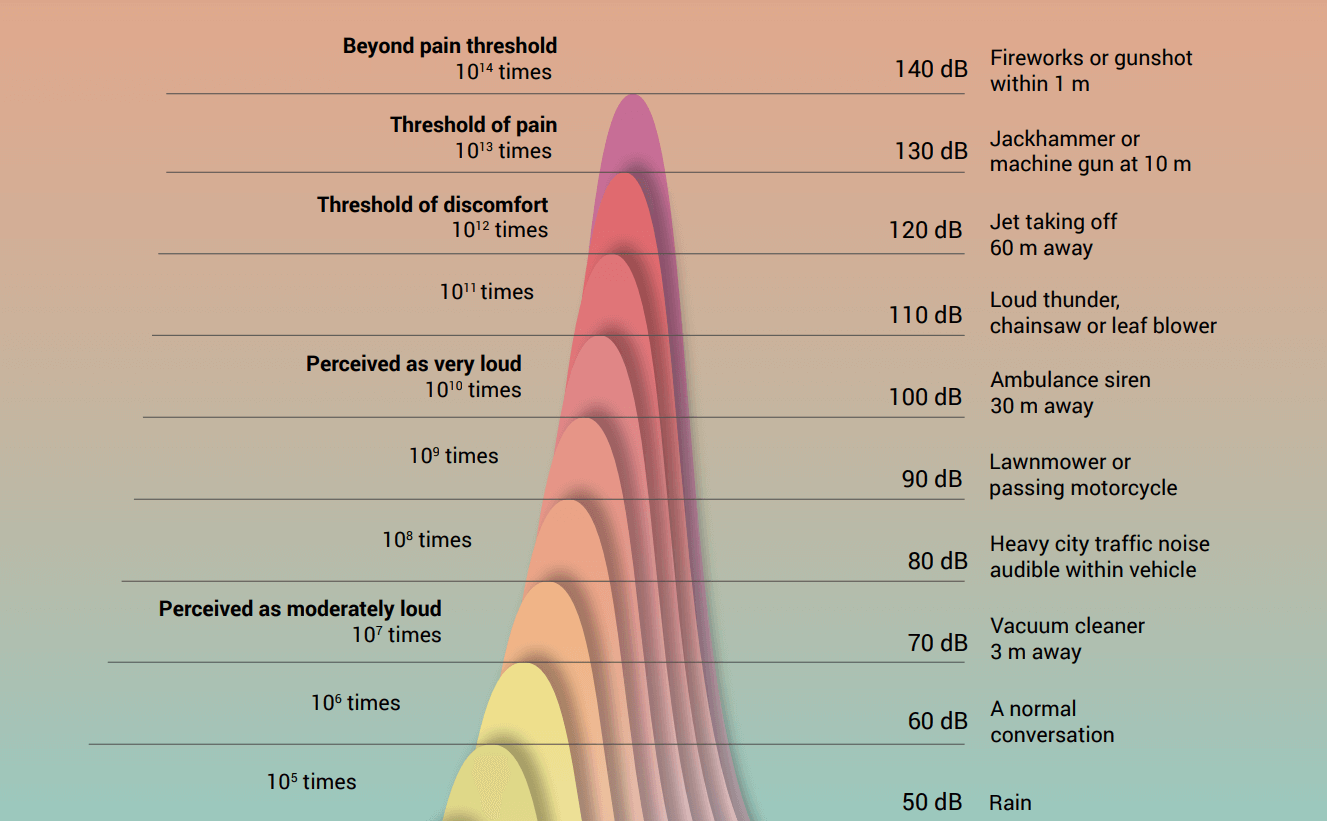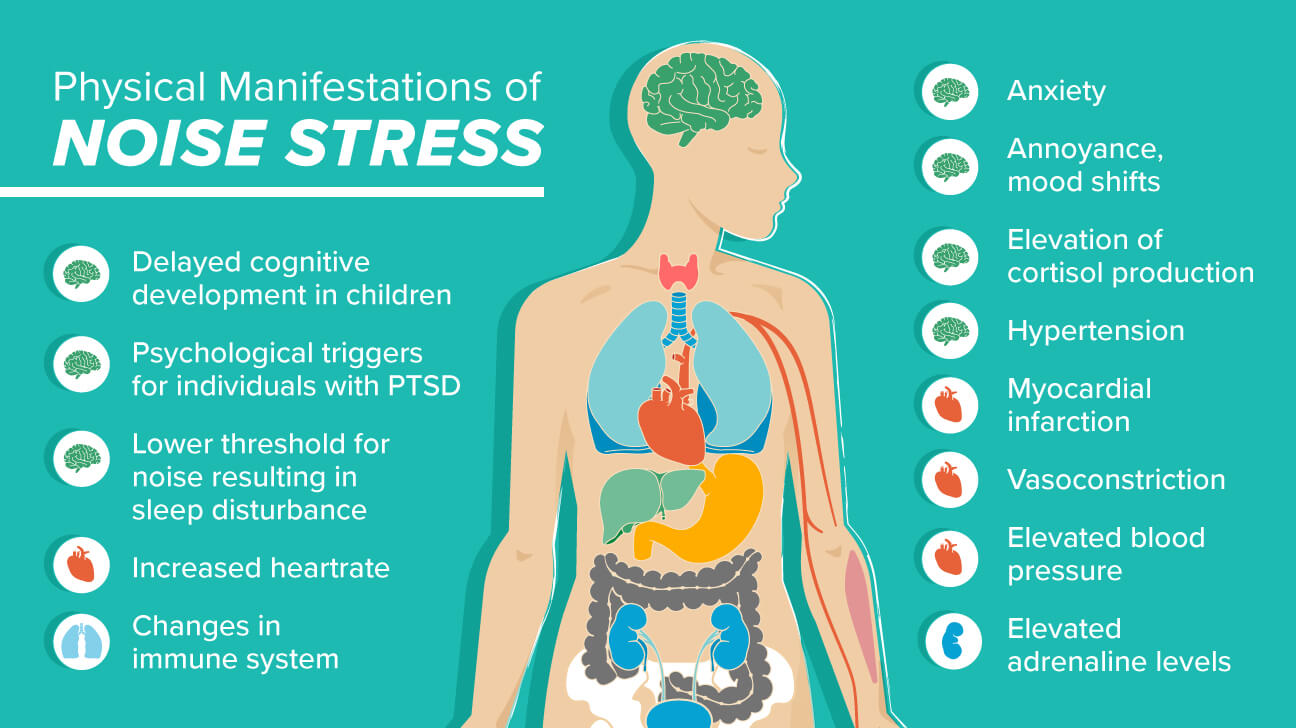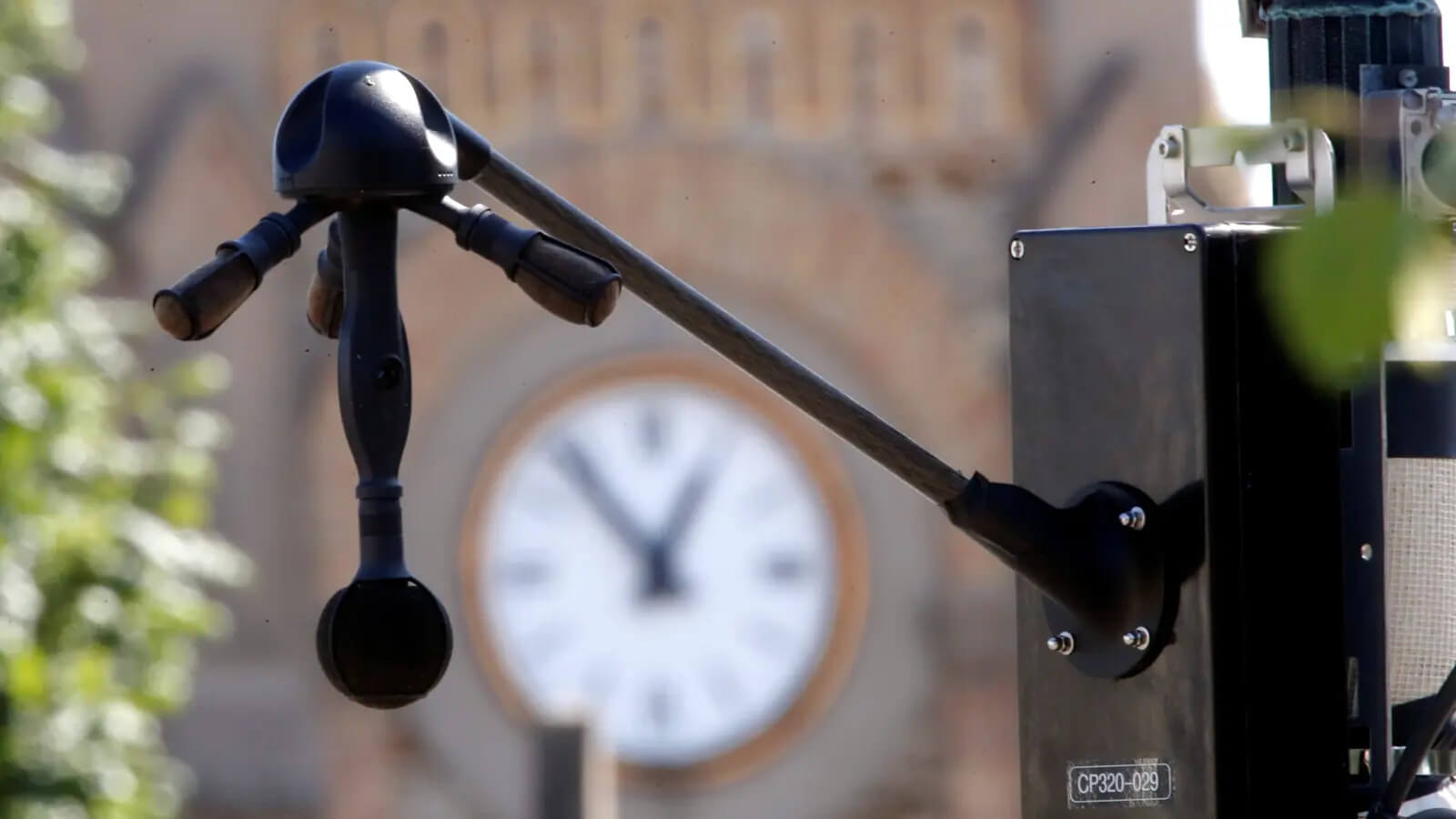Cities are loud, there’s no arguing that. They’re noisy, they’re busy, and they never fully switch off. Anyone who has been trying to sleep through these hot nights knows that opening a window means hearing all the activity on the streets below. But there comes a point where the constant noise of the city becomes an actual health hazard. We’ve already talked about the dangerous impacts of air pollution, but noise pollution is the second most impactful environmental factor when it comes to public health. Despite that, it’s something that’s rarely discussed, and this ignorance is almost as dangerous and the issue itself.
Although it may be hard to believe, prolonged exposure to city noise levels can cause life-altering health effects. To understand better how this happens, let’s break down the different levels of noise:
Noise volume starts getting harmful around the 65dB mark, the equivalent volume to a normal conversation. Even though this doesn’t appear loud, prolonged exposure at this level can cause mental and bodily fatigue. Prolonged exposure at the next level, 90 dB, will likely cause permanent hearing loss. These levels impact certain demographics differently, with children and the elderly seeing more adverse effects. In fact, in the US, 12.5% of 6 to 19-year-olds develop some sort of hearing disability.
Upwards of 90dB, further levels are likely to cause irreparable damage to auditory organs, and anything over 120dB causes physical pain and should be avoided. City traffic typically sits at around the 85dB level, meaning it’s only just shy of causing permanent hearing loss and is more than enough to cause physical and mental fatigue.
Perhaps the biggest threat that accompanies prolonged noise exposure is heightened blood pressure, which can cause a number of health issues, primarily cardiovascular problems. In the EU, where strict regulation aims to keep noise levels under 55dB, 48,000 cases of ischemic heart disease and 12,000 premature deaths are seen yearly as a result of high noise levels. Shockingly, in Korea, just a 1dB raise in daytime noise levels saw cardio and cerebrovascular conditions rise by up to 0.66%.

The cities across the globe range fairly dramatically in noise level, but the vast majority sit at dangerous heights.According to the UN, Dhaka, Bangladesh, is currently the noisiest city in the world, with noise levels reaching a shocking 119dB at their highest, only 1dB away from being physically painful. Moradabad, India, sits not far behind, at 114 dB. London is the noisiest city in Europe, with a noise level height of 86dB, meaning that Londoners are likely to experience at least some level of impact, ranging from discomfort, to sleep disruption, or to hearing loss, due to the constant noise.

Unfortunately, noise pollution is a tricky issue to tackle, largely because we can’t see it. Whilst the effects of prolonged high noise exposure are somewhat known, it’s not the same as seeing a city blanketed in smog because of air pollution, or seeing pavements and traffic lights melting because of extreme heat. Because of this, there appears to be less of a push for active solutions to the issue of noisy cities. That doesn’t mean there aren’t initiatives out there, however.
One of the most actionable initiatives is noise mapping, and that’s what Barcelona has been trying to achieve. Several locations within the city are to be fitted with sound metres to monitor the nightly sound levels. By doing this, a more effective noise map can be created, and focus can be placed on the loudest areas for actionable noise reduction. Paris is working on something similar, by installing noise monitoring devices, dubbed ‘Hydre’. These devices work similarly to speeding cameras, capturing the licence-plate details of vehicles emitting dangerously high noise levels. By 2023, the project is expected to issue fines for those surpassing set noise limits.

Whilst these projects are a good start to tackling noise pollution, they’re nowhere near enough to actually fix the problem. Increasing city noise levels have to be challenged at the source, which is where noise-reducing infrastructure comes in. For example, placing barriers near loud sources can significantly decrease noise. In Denmark, recycled fibreglass from decommissioned wind turbines is being used to manufacture barriers like this, which can decrease traffic noise by up to 7dB. Additionally, when greenery is incorporated alongside these barriers, more sound can be absorbed and reductions of up to 12dB can be seen.
China is also tackling the problem, with a large percentage of the population driving electric motorcycles, whose silence is a far cry from the ear shattering screeches of motorcycles tearing down night streets in other countries. Increasing accessibility to quieter and electric vehicles is a vital factor in lessening city noise pollution, particularly at night.
We can’t see noise, but that doesn’t mean it isn’t there. High noise levels are hugely detrimental to human health and, in worst case scenarios, they can be an invisible killer. Despite this, there’s little to no education about the impacts of prolonged noise exposure, to the point where the figures in this article may seem ridiculous to some. The noise that heavy city traffic emits can’t be seen in the same way their exhaust gases can, but it can be just as dangerous.
It’s time for governments to take swift action, following in the footsteps of Denmark, Barcelona and Paris, to not only implement strategies to reduce noise, but make sure citizens are aware that being subjected to heavy traffic on the streets of Oxford Circus could cause irreparable hearing damage down the line. It can’t be seen, but it can be dealt with.

Share your thoughts
No Comments
Sorry, the comment form is closed at this time.